Today, the biggest news comes from the Pokrovsk direction.
Here, Russians seek to link back up with their cut off forces in the Dobropillia spearhead, hoping to salvage the situation and exploit a breakthrough deep behind Ukrainian lines. However, as the Azov army corps wasted no time, the encircled Russian forces were already being destroyed, as two of Ukraine’s most effective drone and ground units worked together to defeat the Russian hoard approaching from the south.
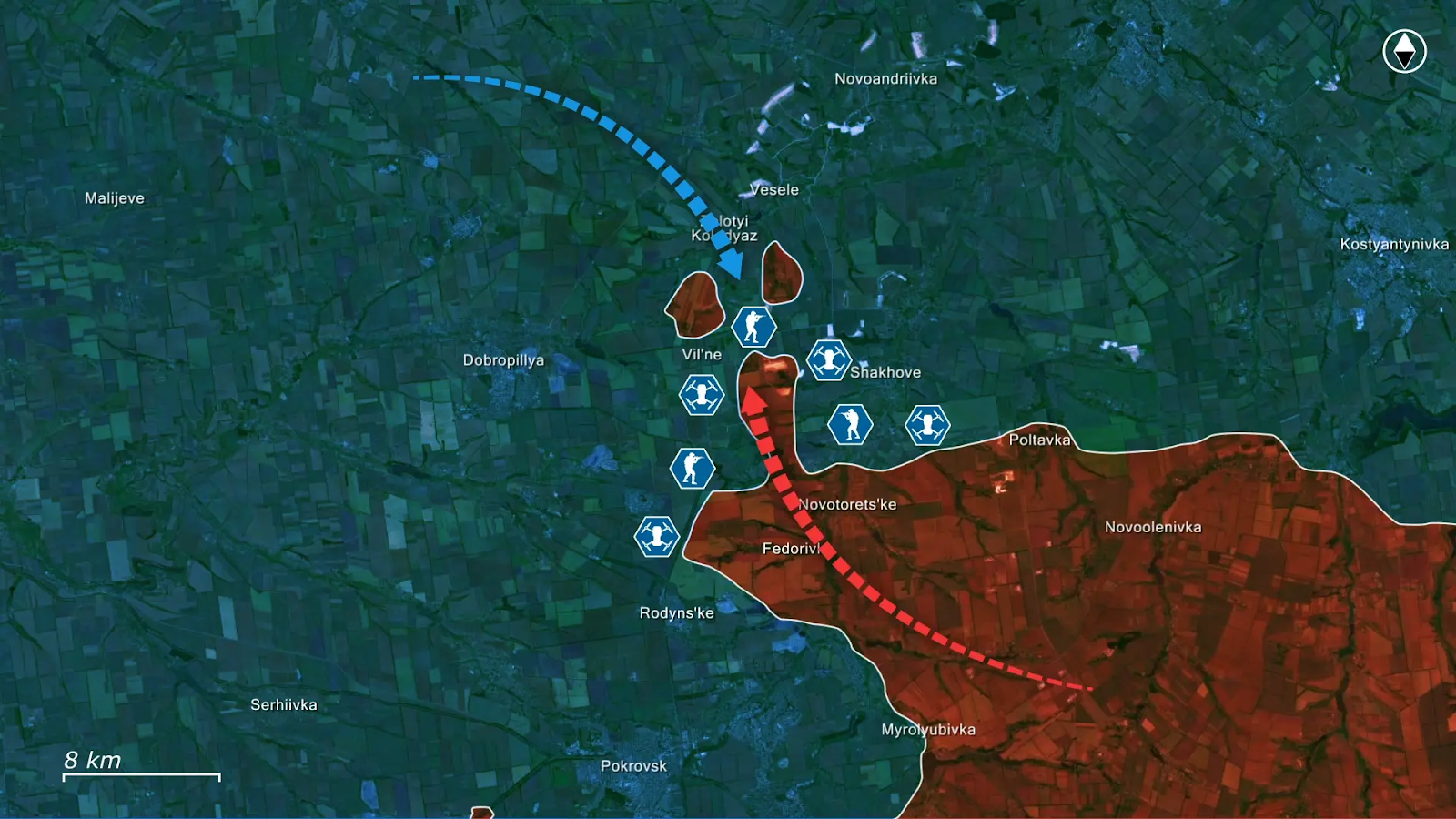
After the Azov corps redeployed and executed a pincer maneuver on the Russian spearhead toward Dobropillia, a large number of Russian soldiers had been driven out of the Ukrainian New Donbas Defense Line and encircled.
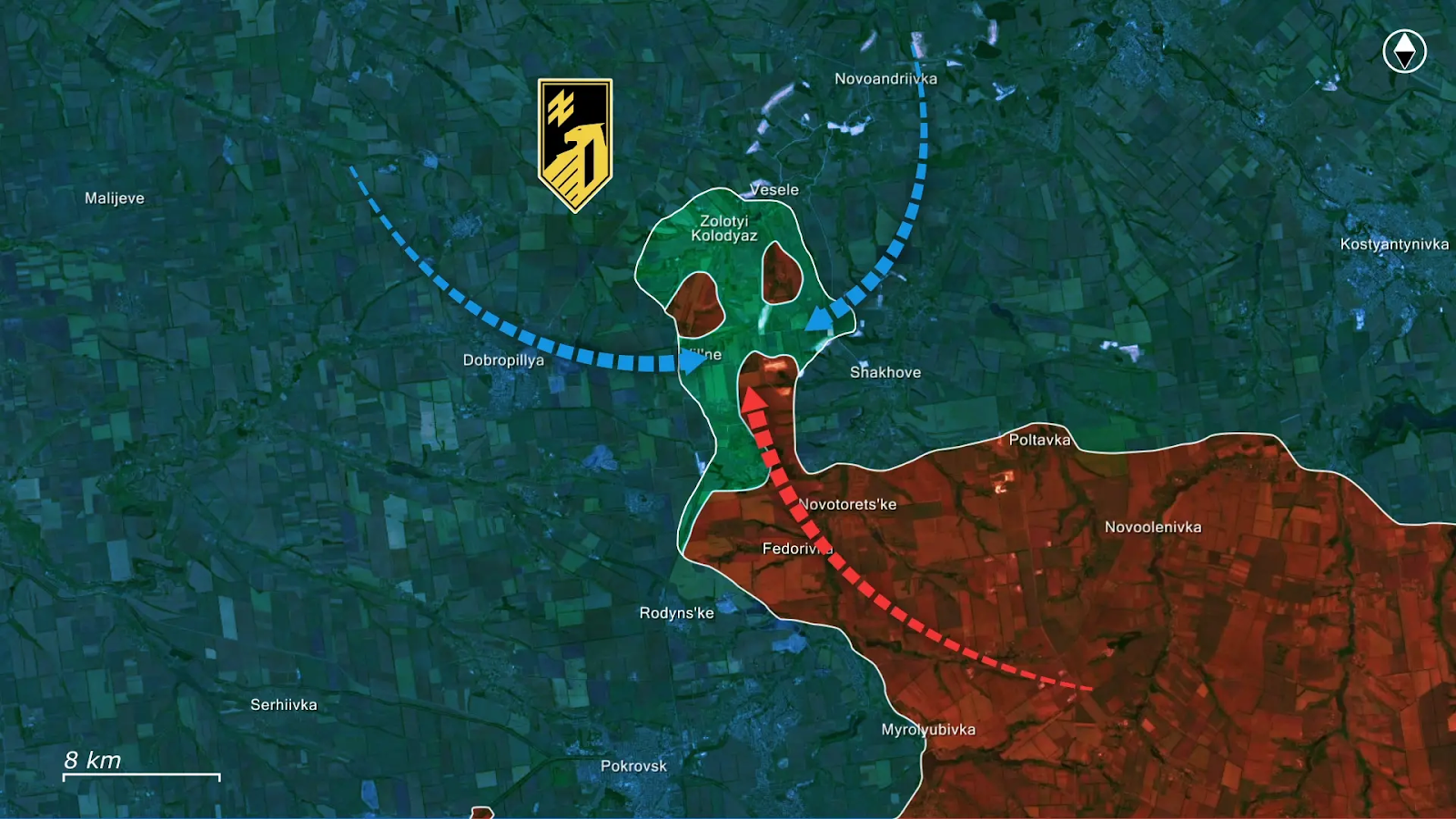
The 93rd mechanized brigade shared footage of how they were cleaning up scattered remnants of Russian soldiers, using tight drone surveillance and strikes to prevent them from moving out in the open, before dealing with the now isolated pockets one by one.
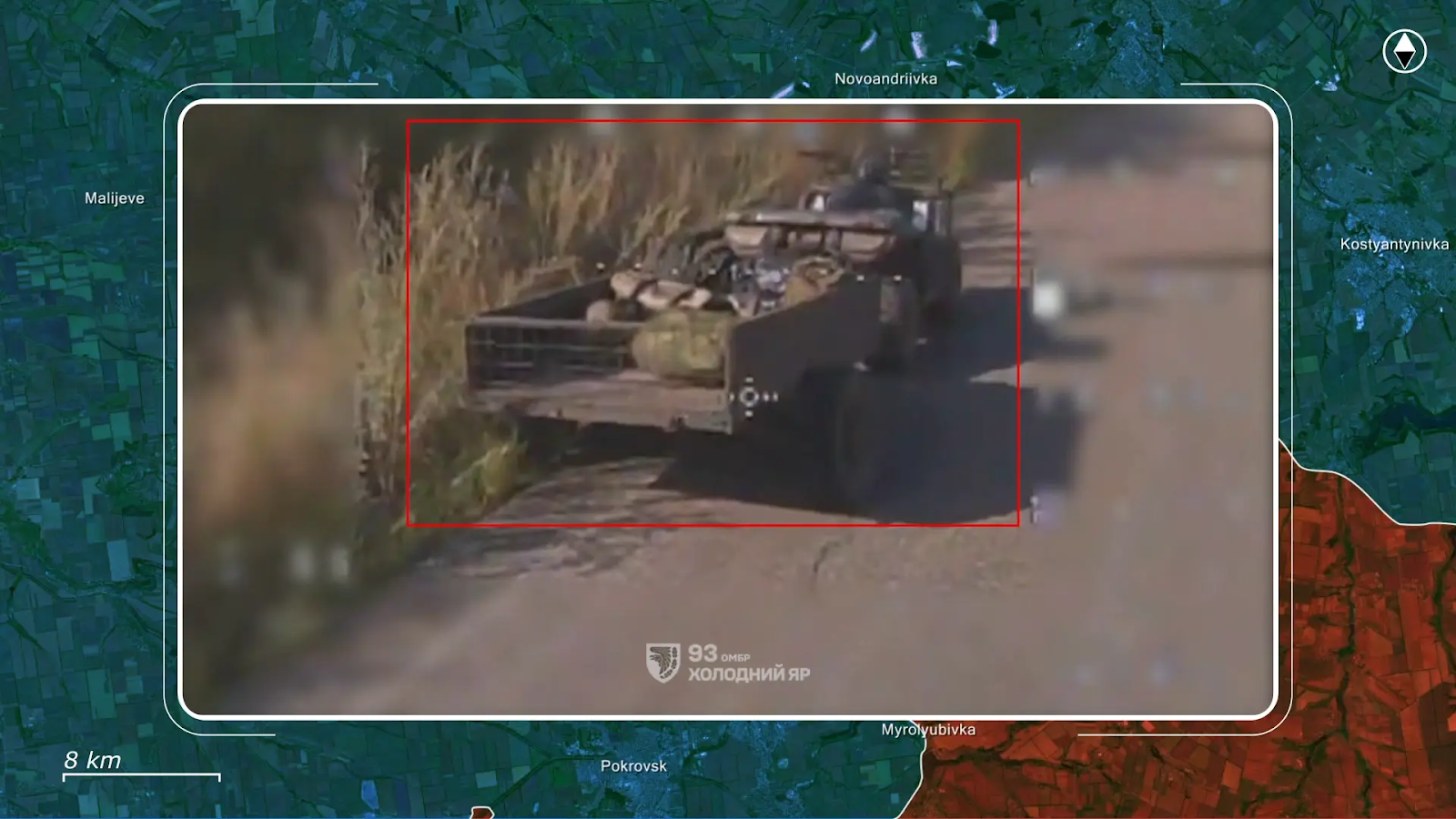
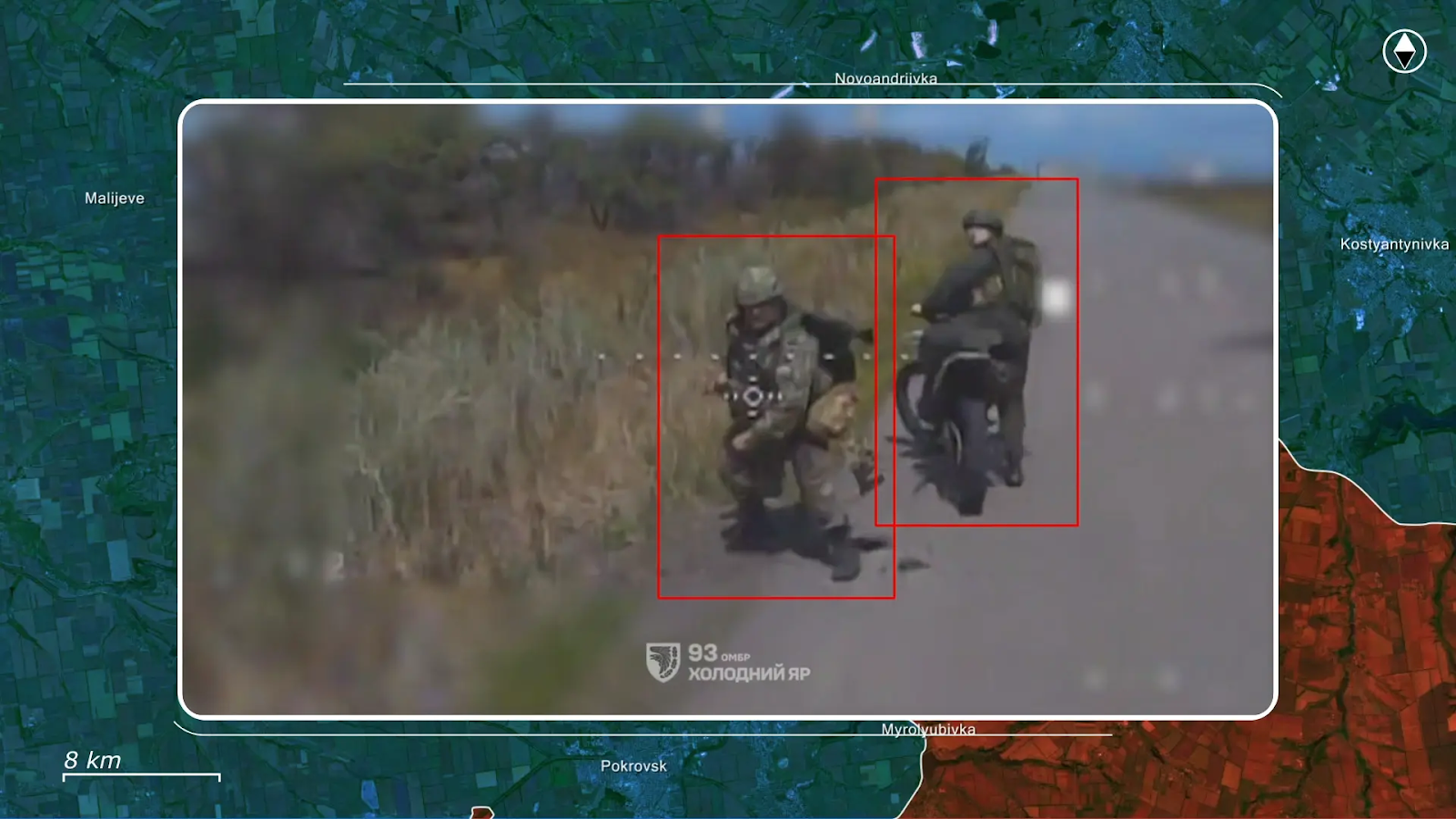
After Russian soldiers were forced into hiding, they conducted a concentrated barrage with Grad artillery systems integrated into the brigade’s fire support network; the aim was to target the most concentrated pockets of Russian forces and saturate them as much as possible before a ground assault was made possible.
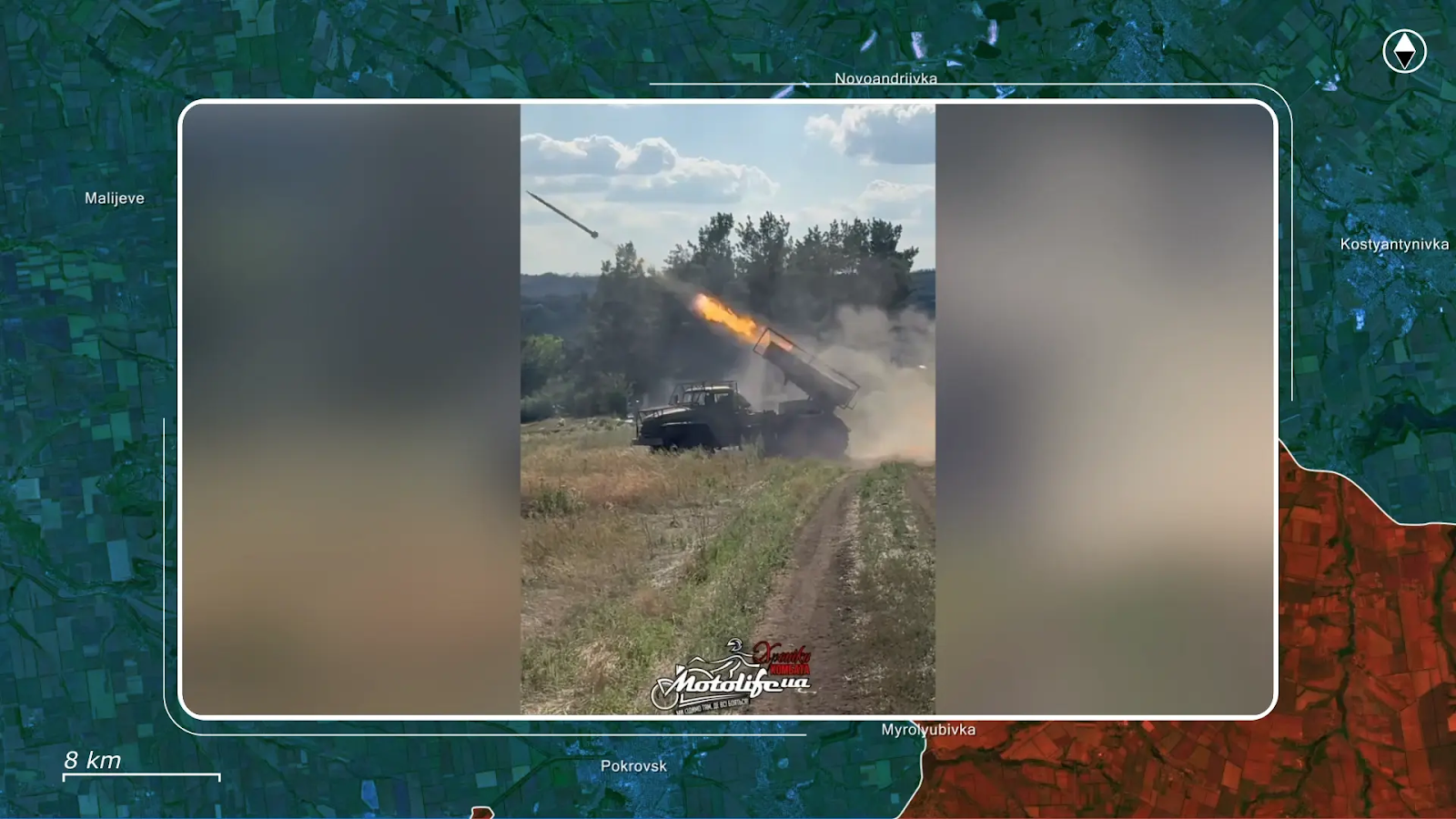
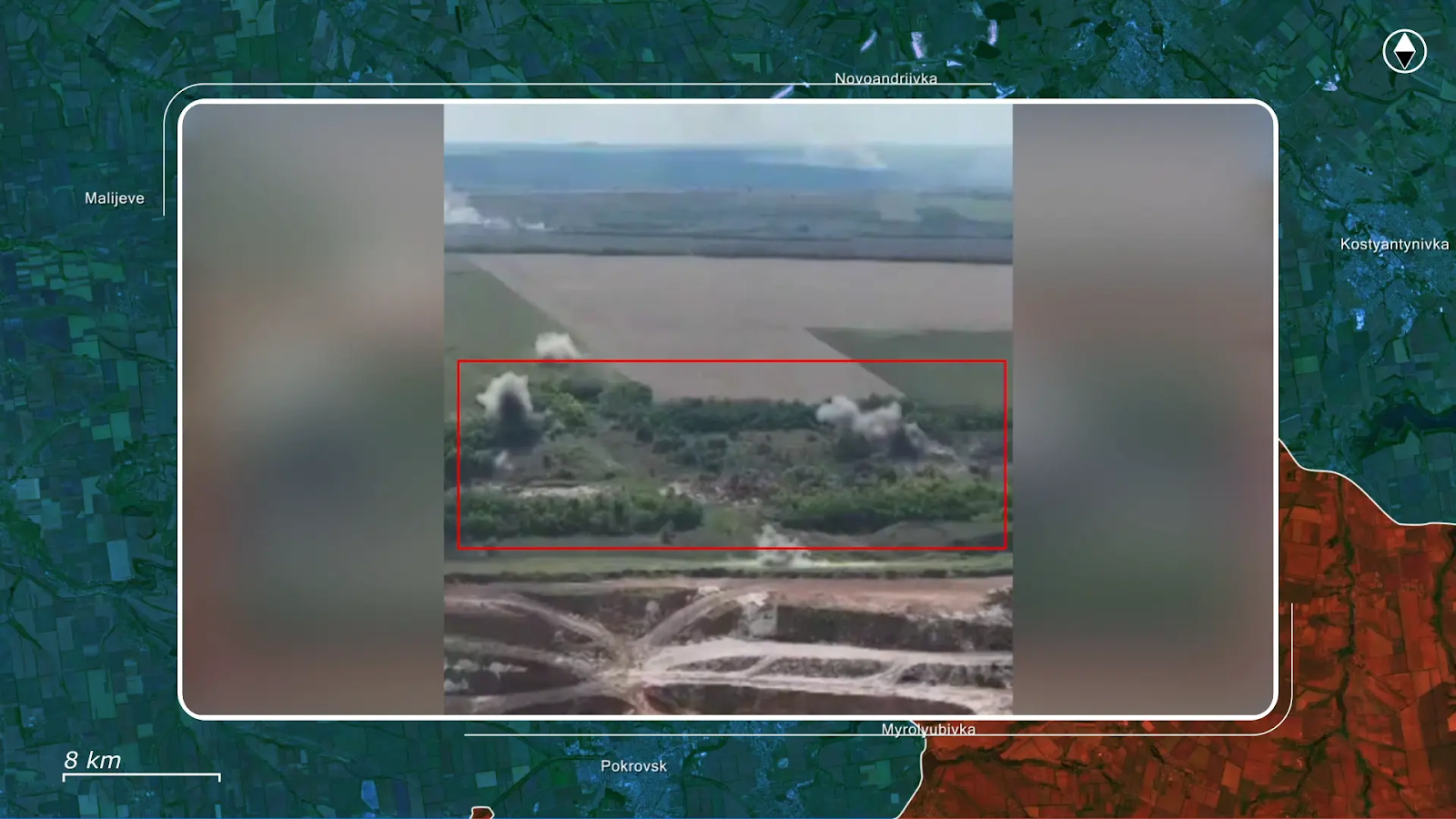
The unit even shared footage of a ground drone mounted with a high-caliber machine gun driving through the streets after Russians were forced inside, firing into buildings where drones had detected a Russian presence.
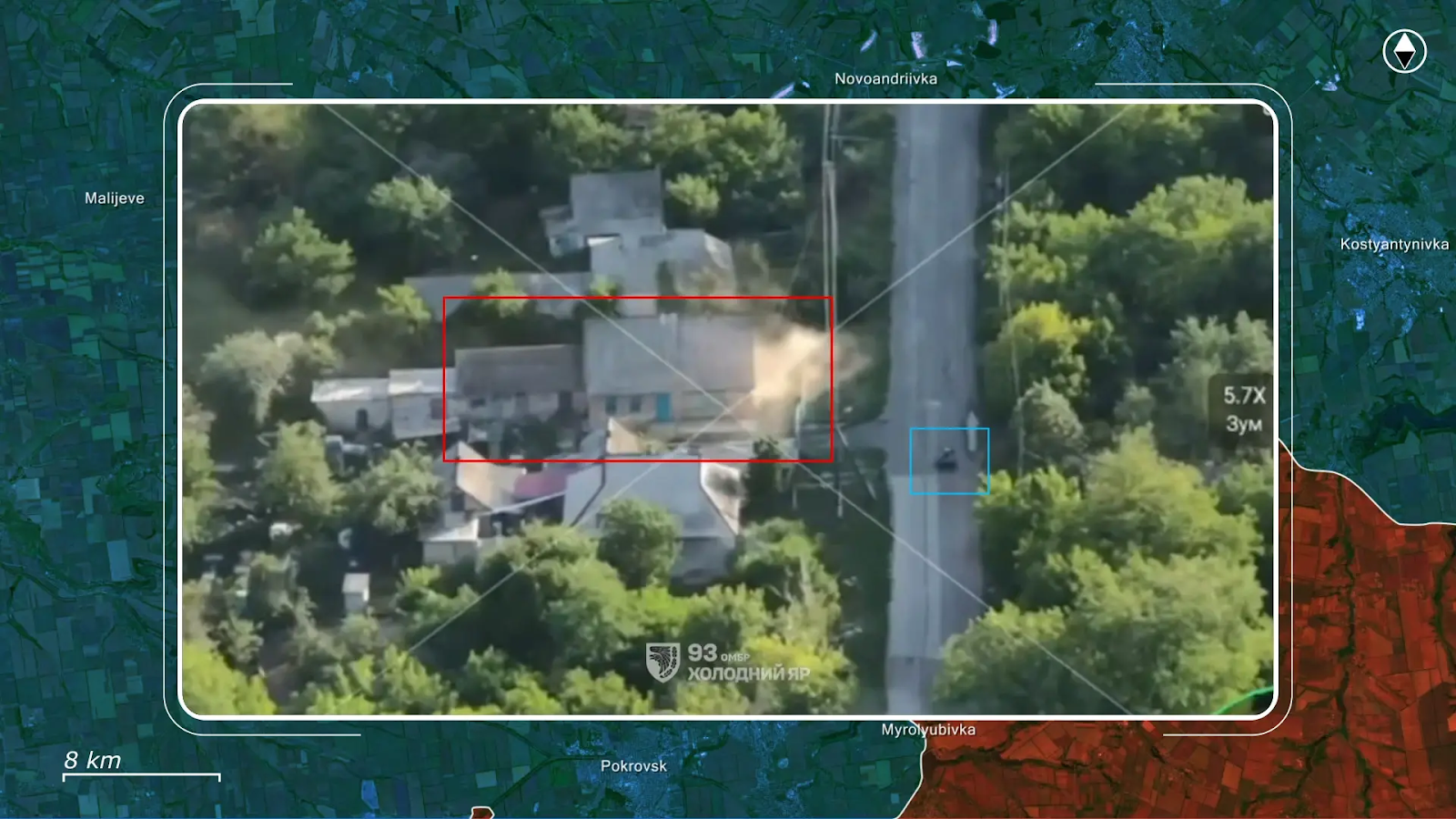
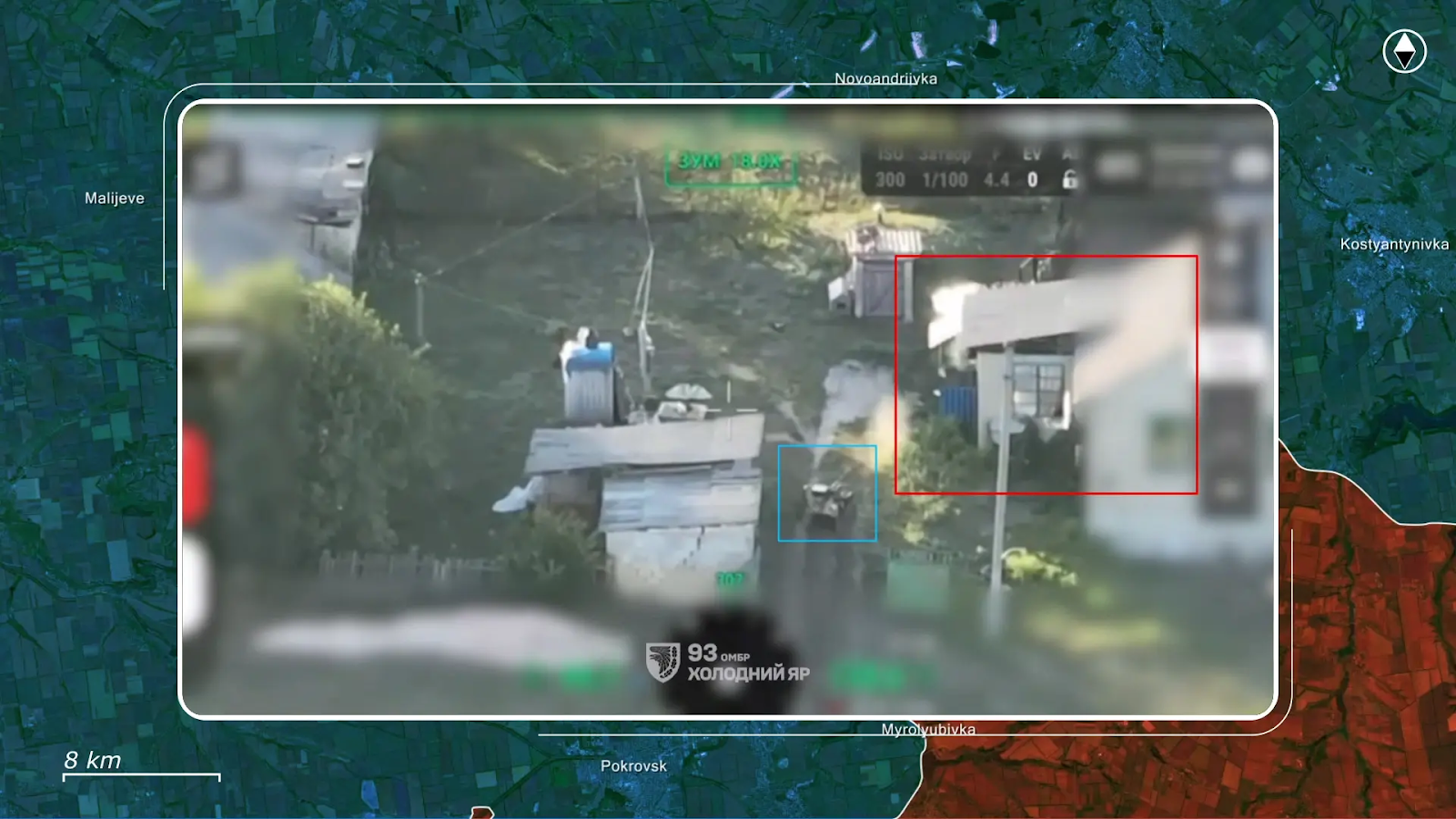
Moving methodically but with high levels of aggression, Ukrainians cleared out pockets of Russian resistance, taking many prisoners of war and proudly raising the Ukrainian flag and the flags of their units in the areas they liberated, with the 79th and 82nd air assault brigades taking the lead in Zolotyi Kolodiaz, contrary to earlier reports of the Da Vinci regiment acting alone.
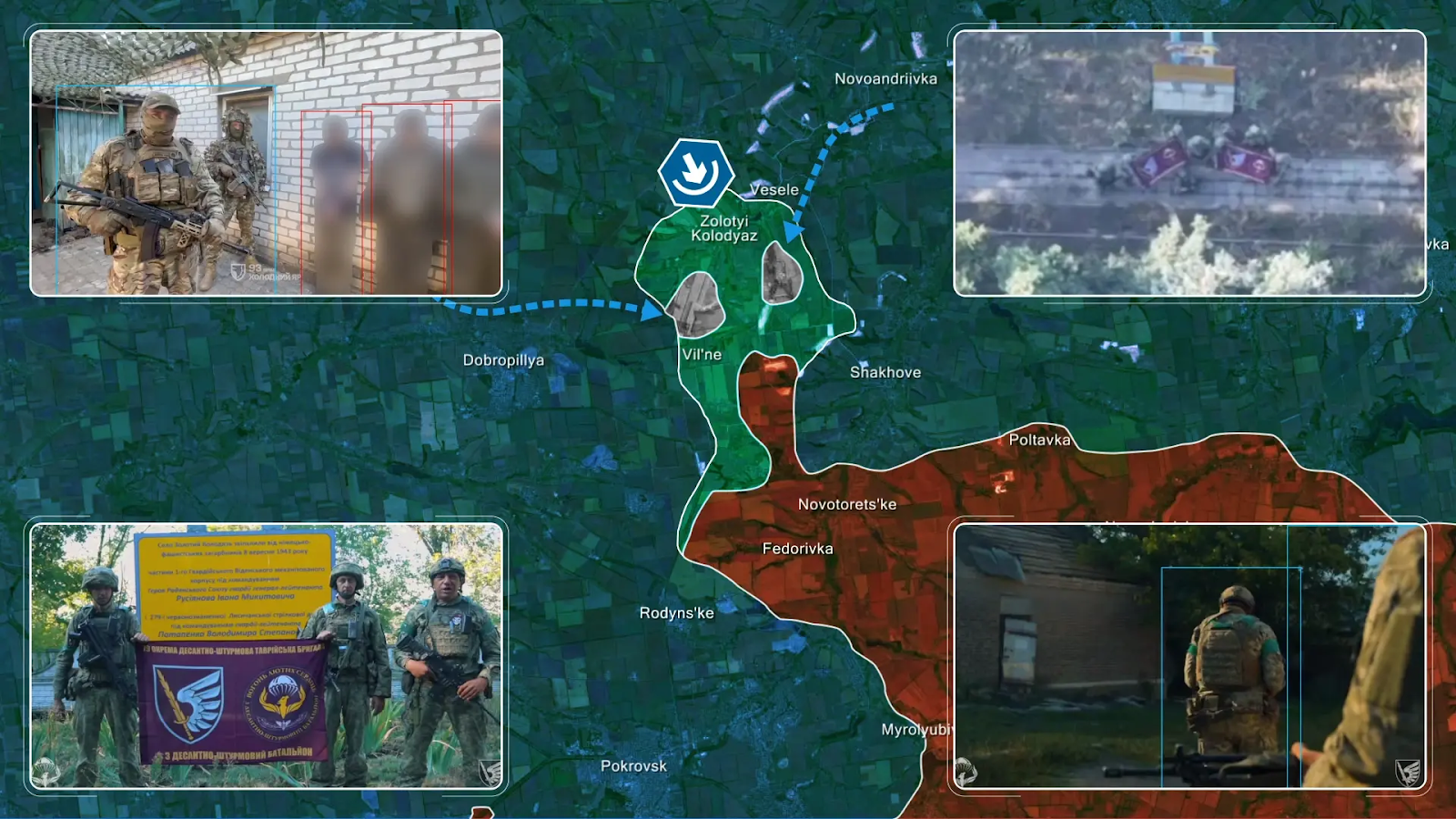
The reason why Ukrainians opted to clear out the encircled Russians before dealing with the rest of the salient is that Russian forces could easily supply these pockets with water, food, and ammunition using drones, as they had done many times before.
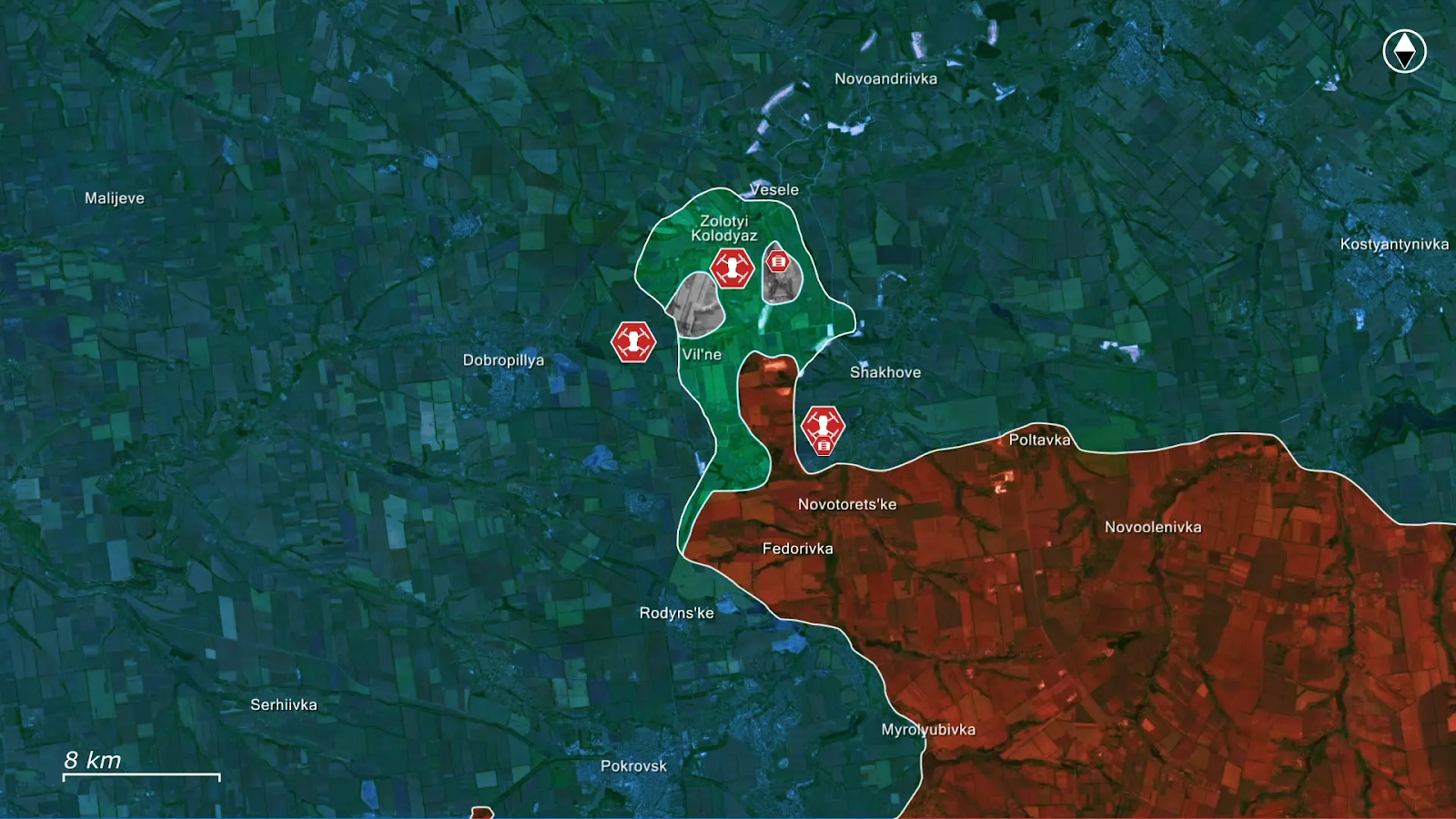
Eliminating these pockets before the Russians were able to set up an airlift supply line would remove the threat in the Ukrainian rear, as other units could then safely move further south and finish off the rest of the Russian salient.
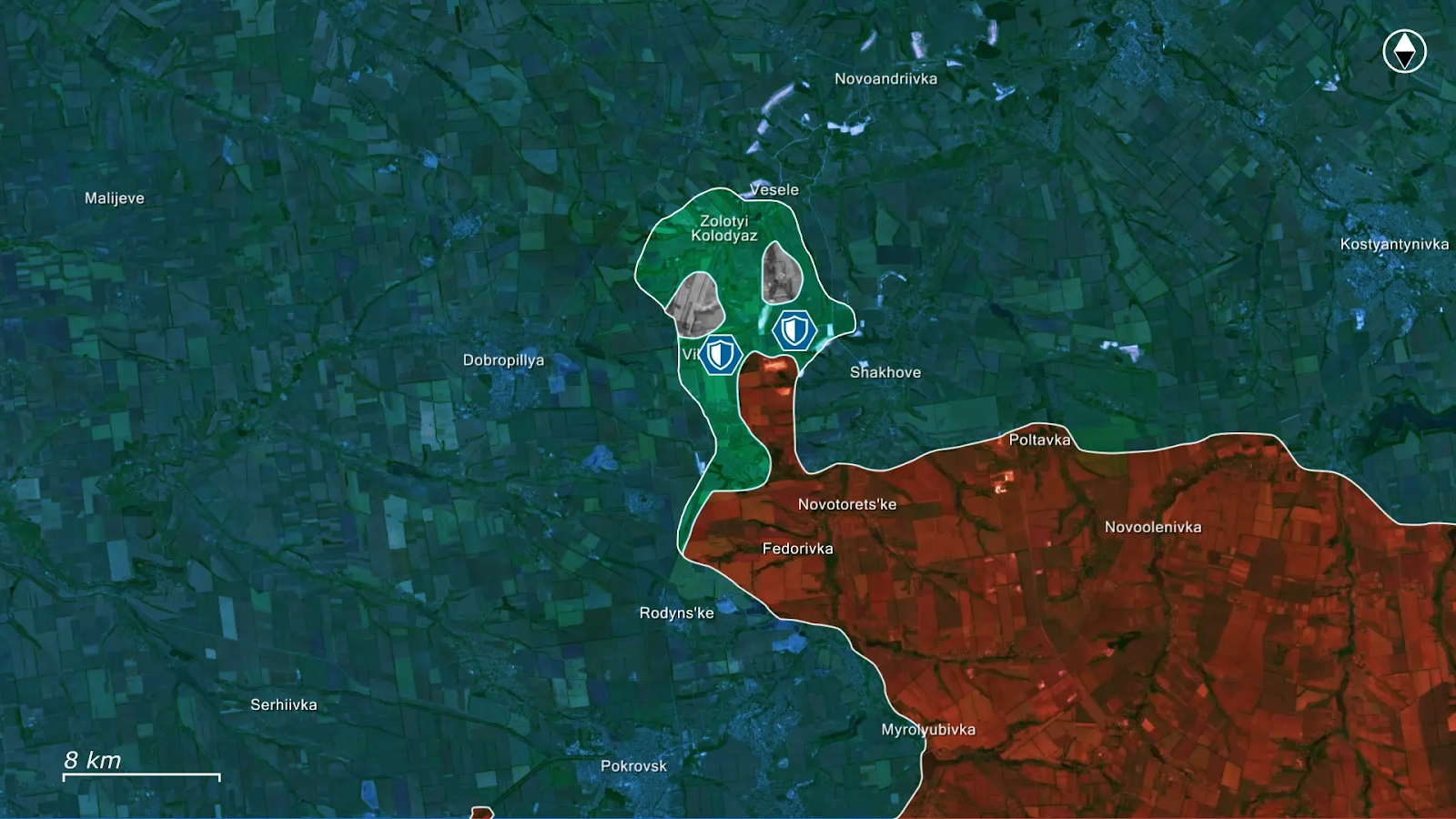
As the clearing operations ensured Ukrainians would not be hit from behind, the Azov brigade took the lead in continuing the advance south, coordinating tightly with Magyar’s birds providing additional drone fire support. The main goal was to cut off another part of the Russian salient, before moving south and consolidating control over the grey zone that Ukraine had previously established over the river crossings. As Ukrainians commenced their assaults however, Russian commanders quickly launched an all-out effort to reestablish links with their remaining encircled forces to the north, hoping to salvage the largest breakthrough Russians had made since 2022.
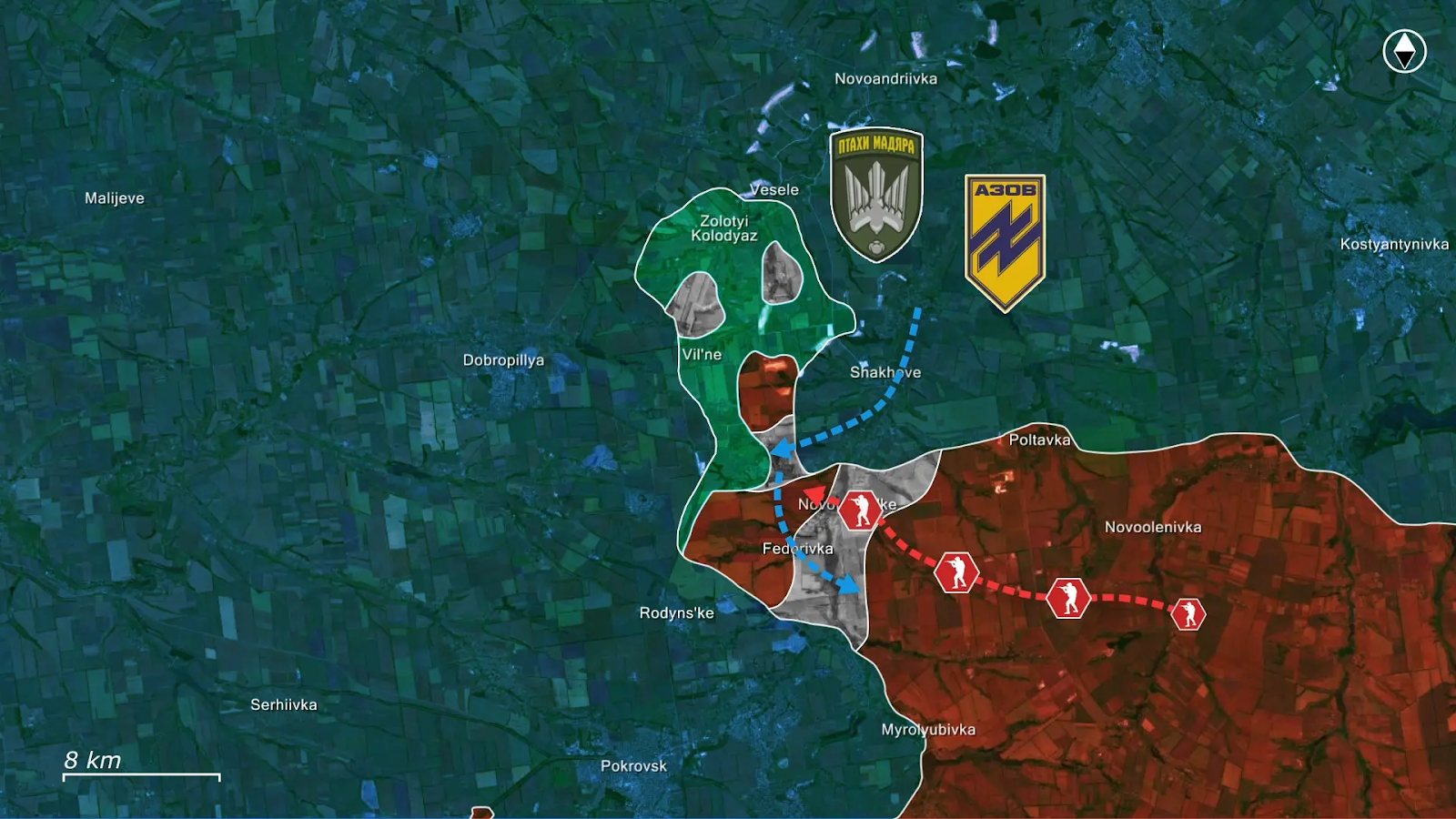
Unfortunately for Russians, the elite snipers of Ukraine’s Azov brigade combined with the most effective drone units of Magyar’s birds, rained hell down on the advancing Russian soldiers.
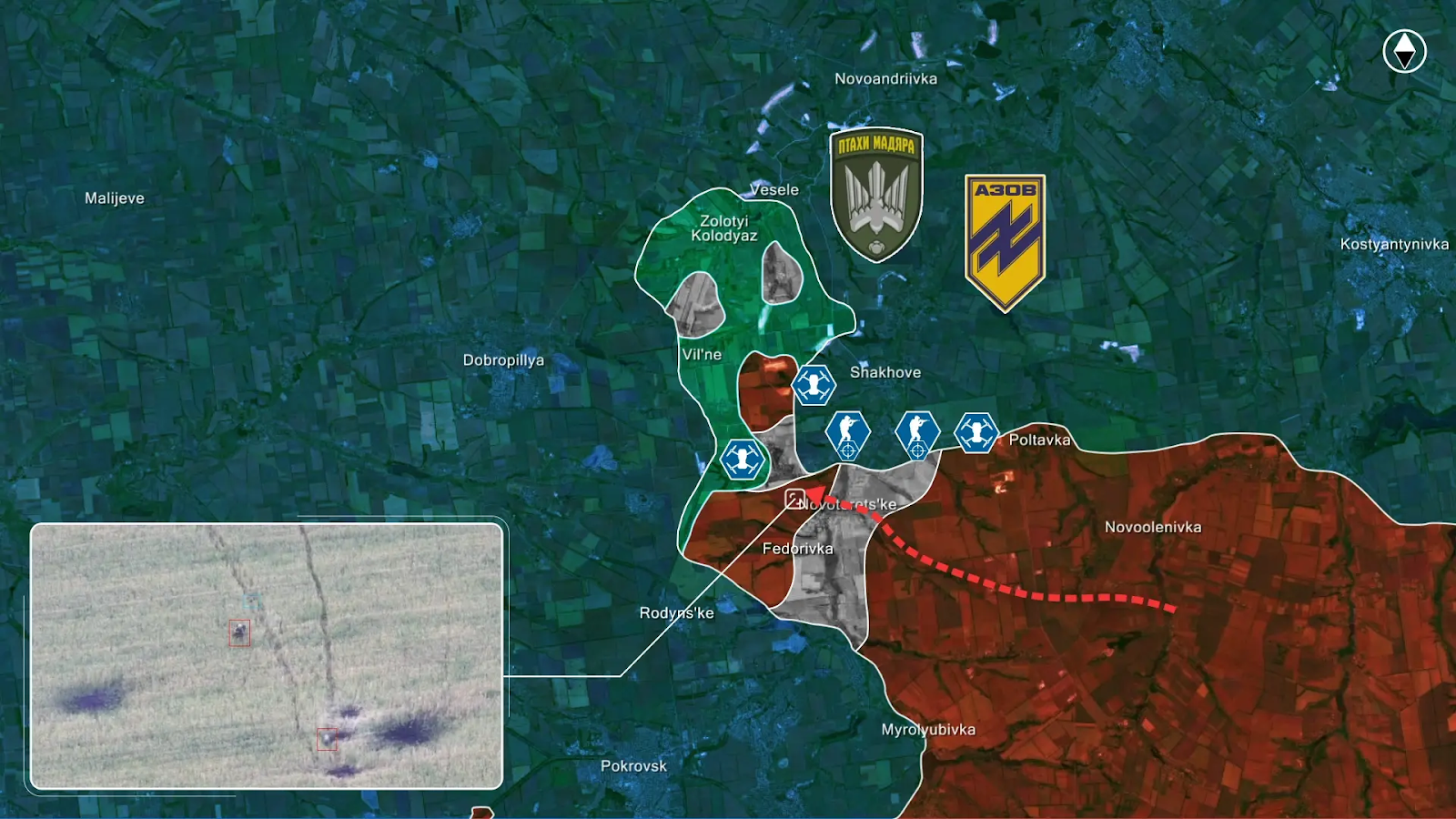
Russians sent in soldiers from Storm-Z punishment units alone and over open fields, quickly falling prey to Magyar’s precise FPV kamikaze strikes. Attempts by Russian forces to provide fire support also met a rapid demise, as observation drones from the Azov corps detected the Grad moving into position, immediately destroying it before it had a chance to fire.
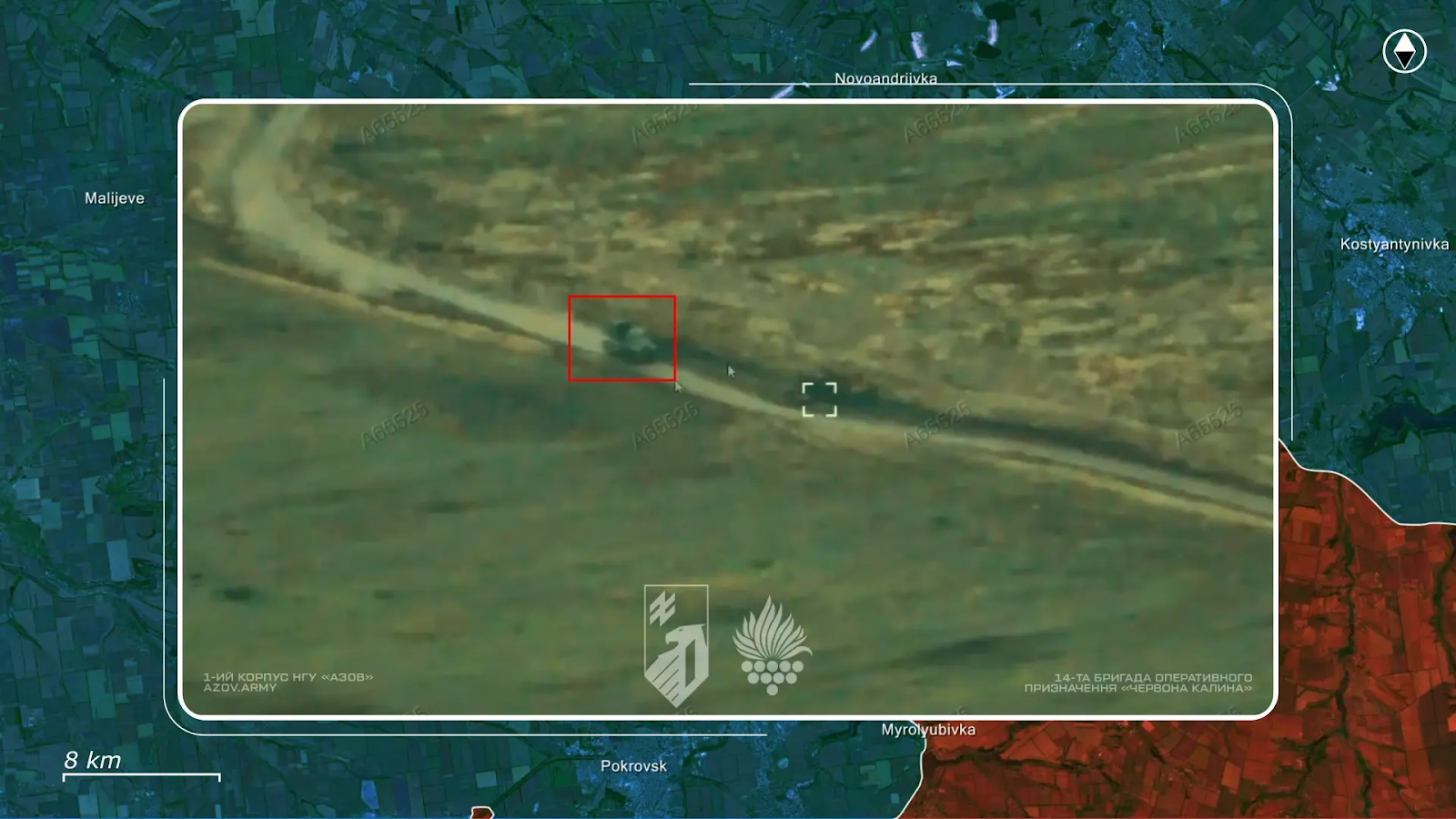
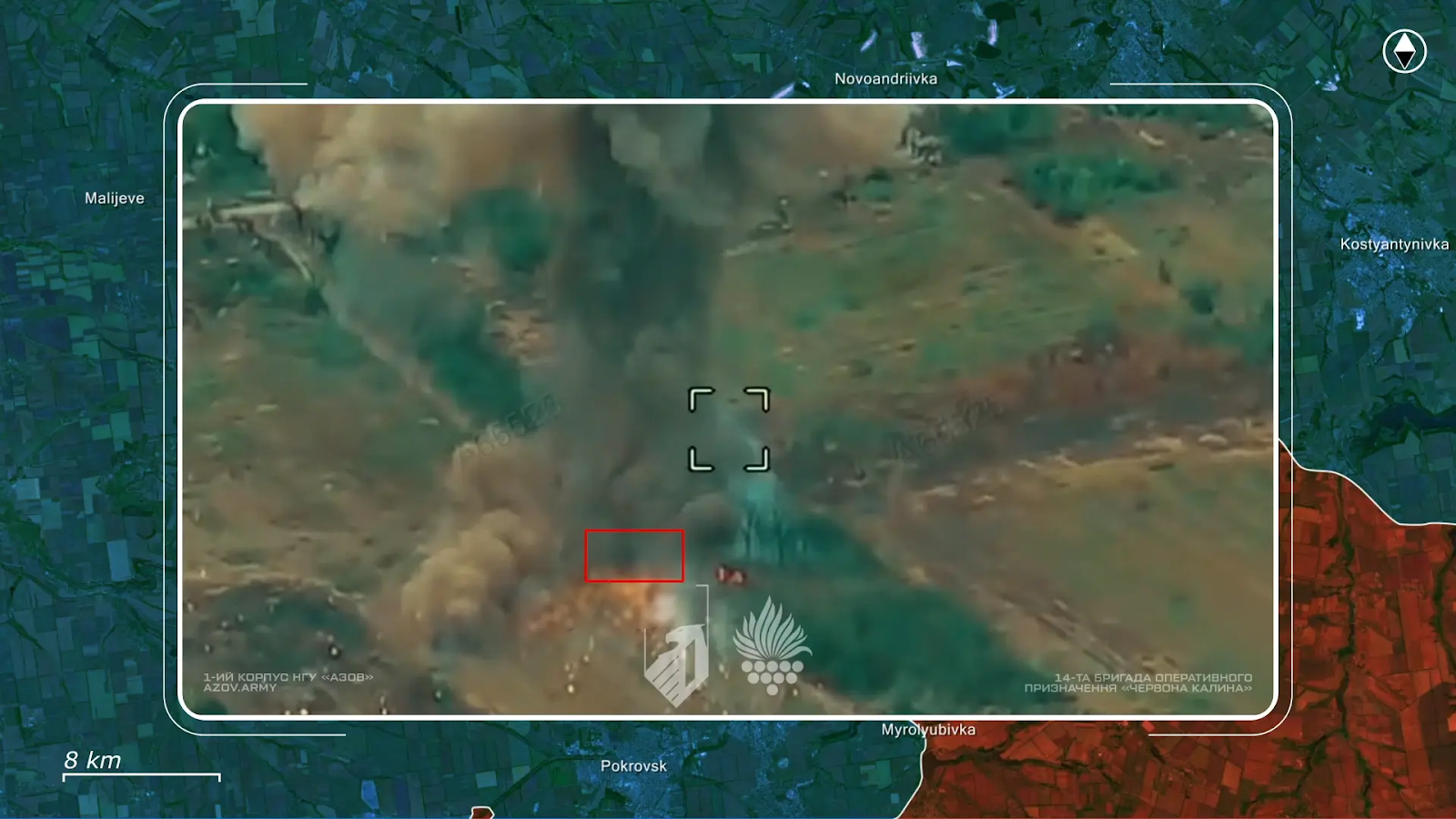
While no footage of snipers active here has yet been published, Azov’s snipers were commended by their leadership and received medals for their valor, noting that the work of their snipers can only be accepted by the enemy, often killed before they even get a chance to hide.
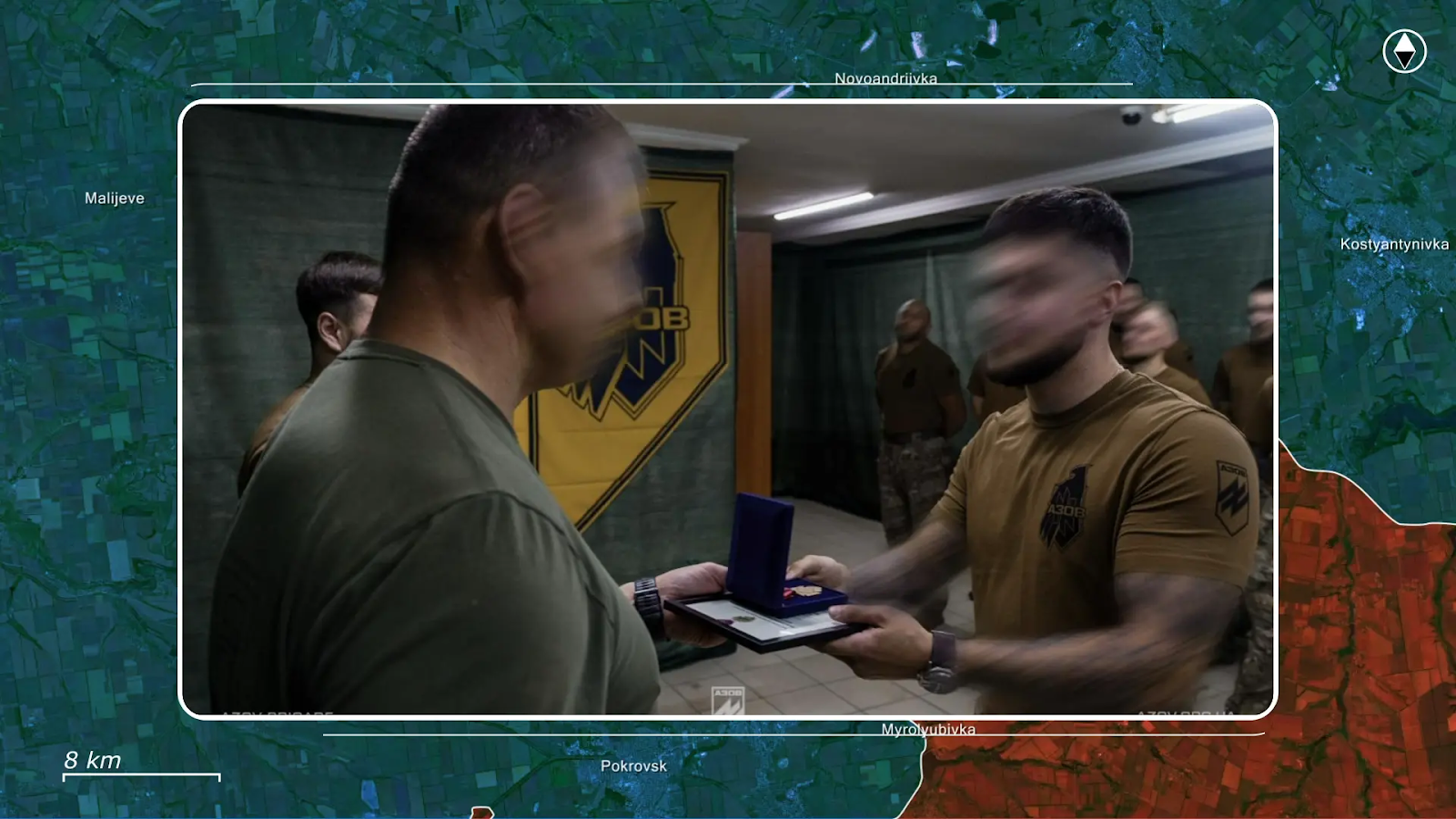
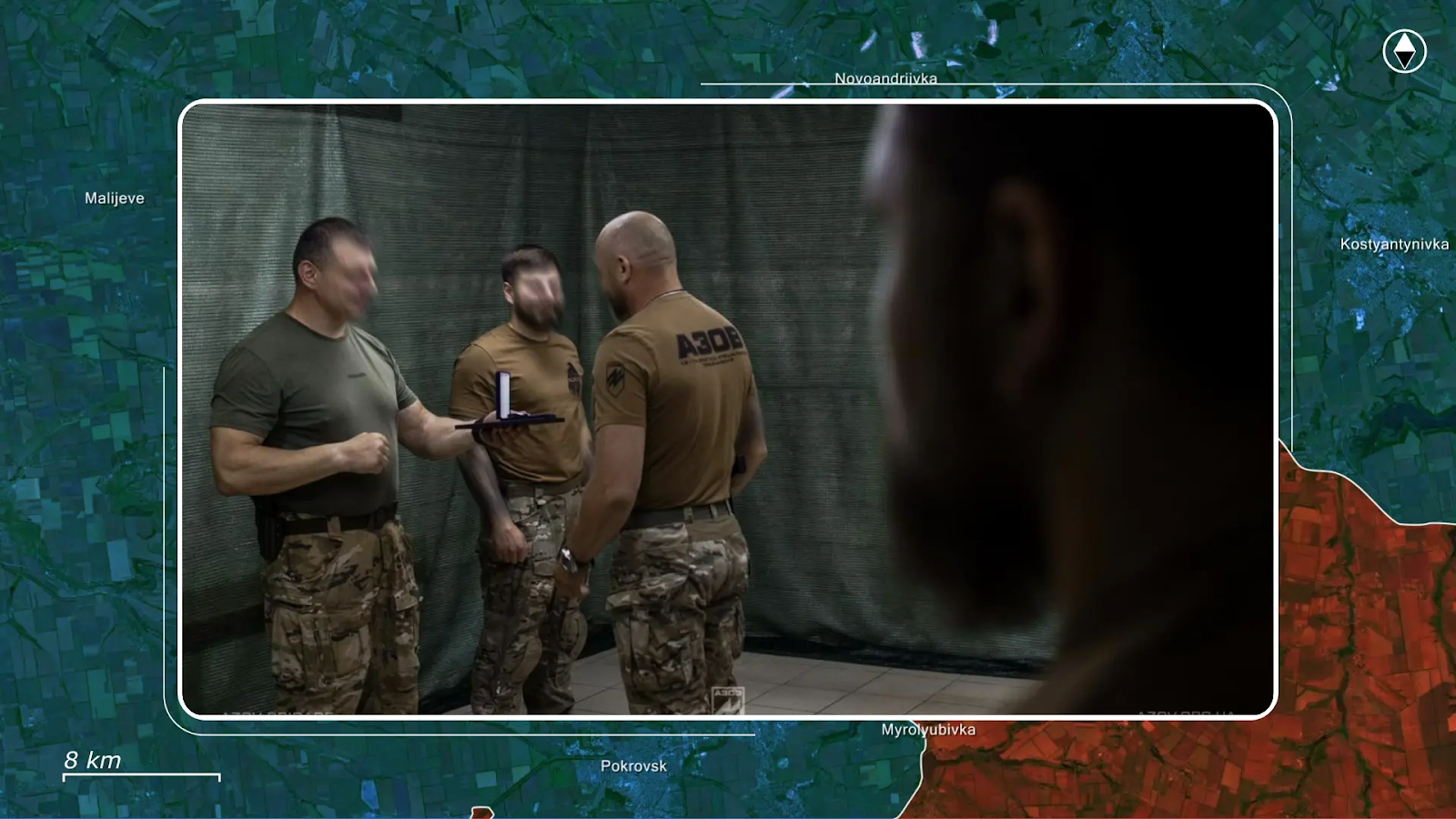
Overall, recent figures published by the Ukrainian Ministry of Defense indicate an even higher rate of losses than was estimated before, with 910 Russian soldiers killed, 335 wounded, and 37 taken as prisoners of war. The high ratio of casualties to captured soldiers can be explained by the fact that Russian soldiers often do not have a chance to surrender to drones, snipers, or artillery fire coming down on them, as Ukrainian soldiers only risk their lives on the ground when success is nearly guaranteed, and the few surviving Russian soldiers surrender. Commander in Chief of the Ukrainian armed forces Oleksander Syrksi even visited the sector in person, commending Ukrainian commanders on their practical and swift handling of the situation. In the end, this Russian breakthrough was a desperate and risky move by the Russians, as moving meter by meter through tree lines was not nearly fast enough for political leadership to be satisfied.
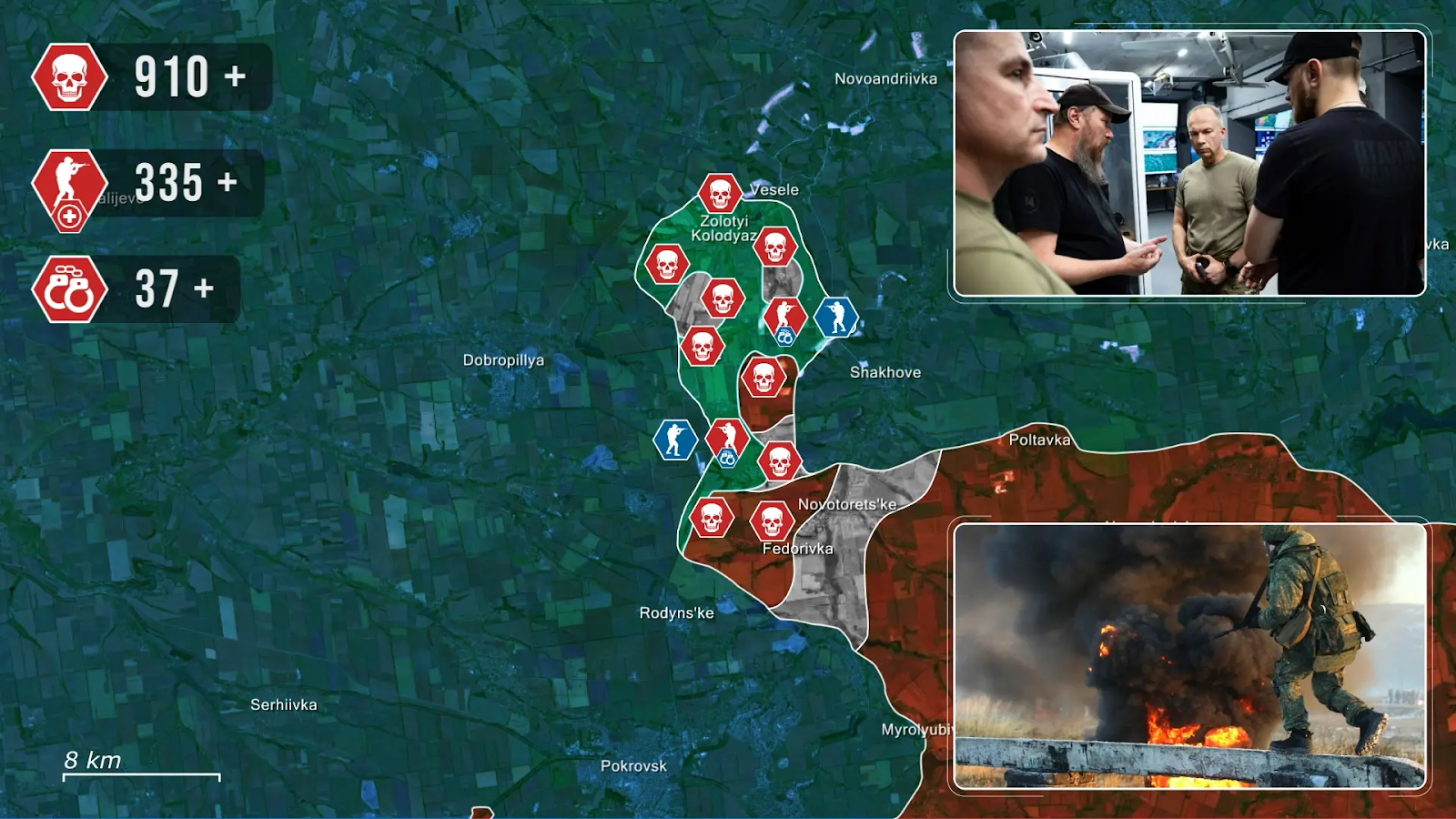
Since November 2022 Russians have been fighting for over a thousand days of war, and despite the massive armored assaults seen throughout this time, Russians captured less than 1% of additional Ukrainian territory, and it is clear now that the time of massed armored assaults has long passed.
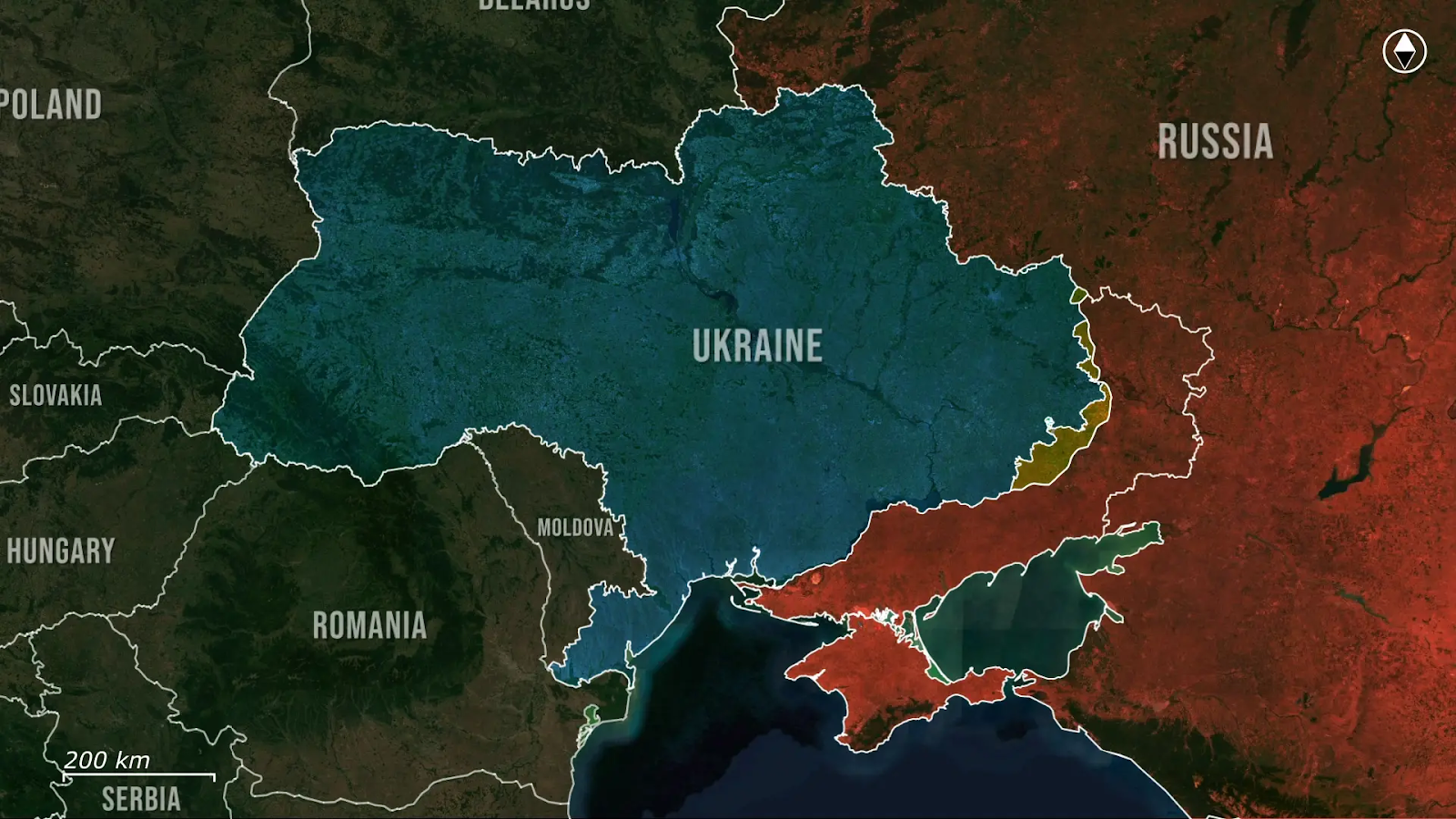








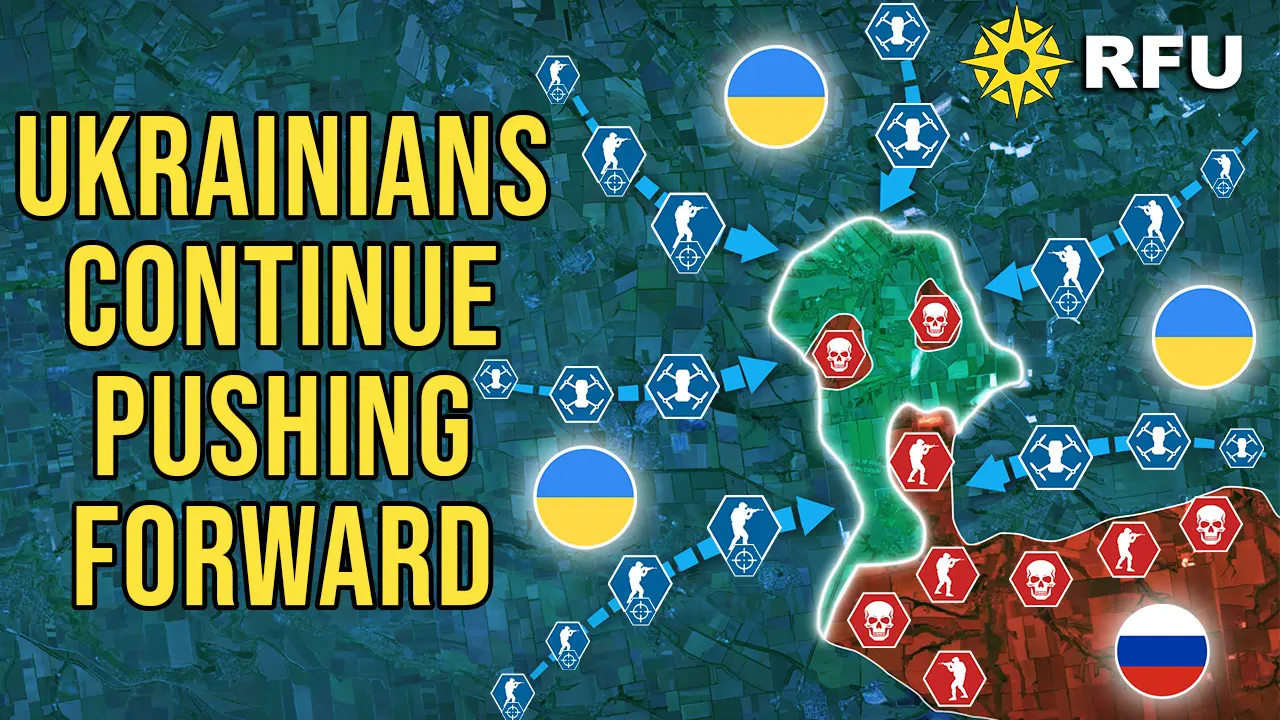
.jpg)
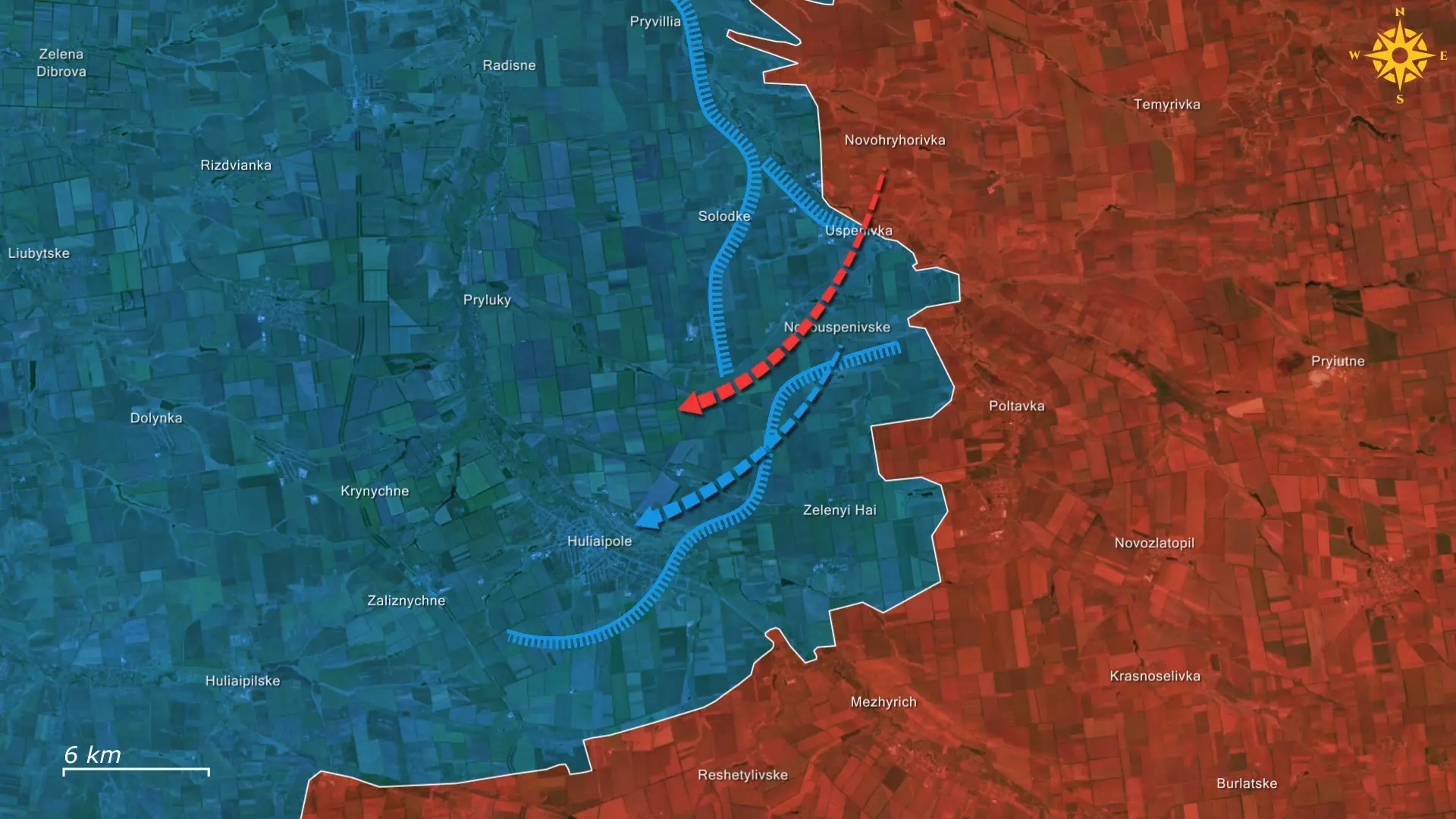

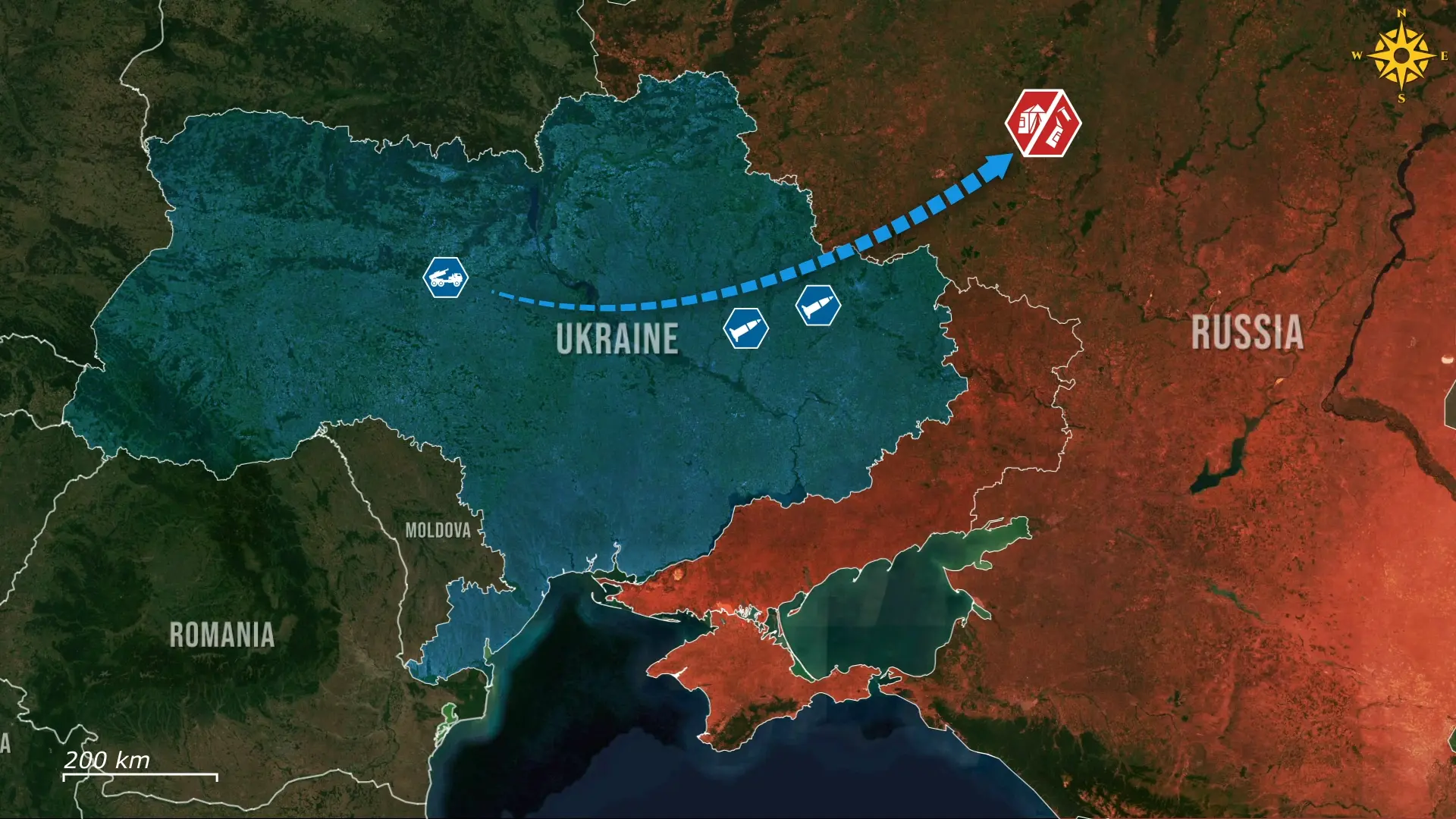
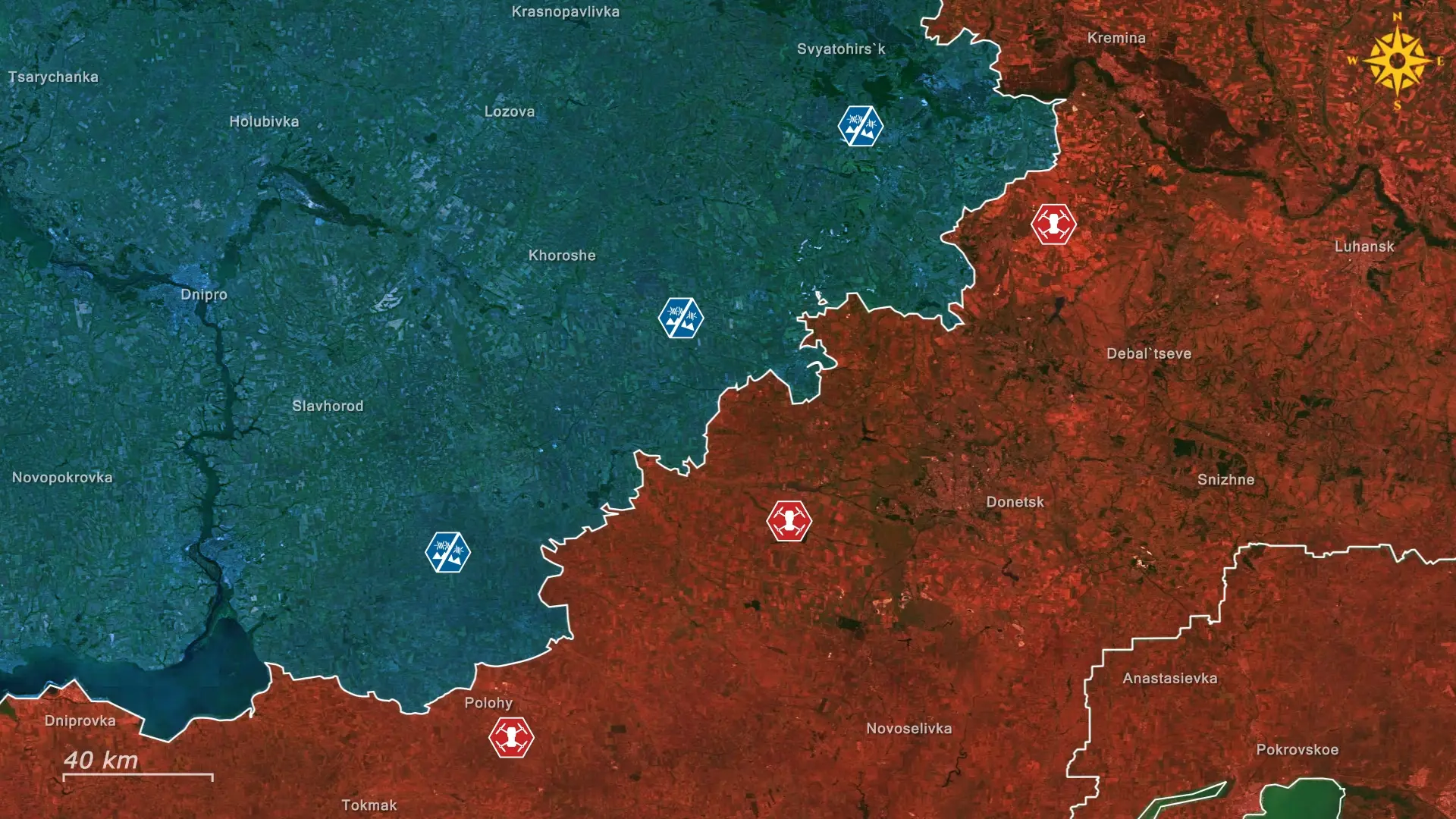
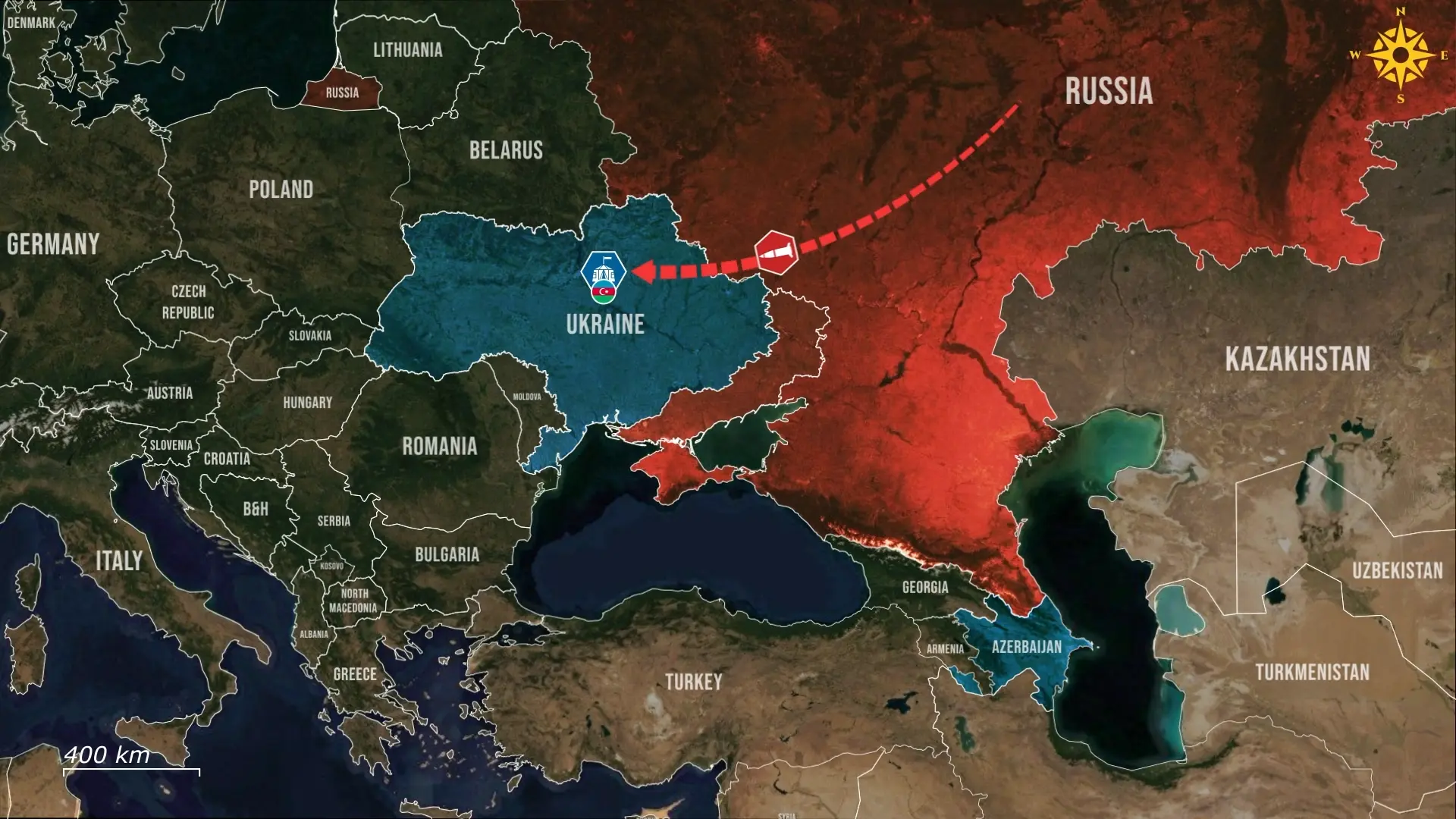
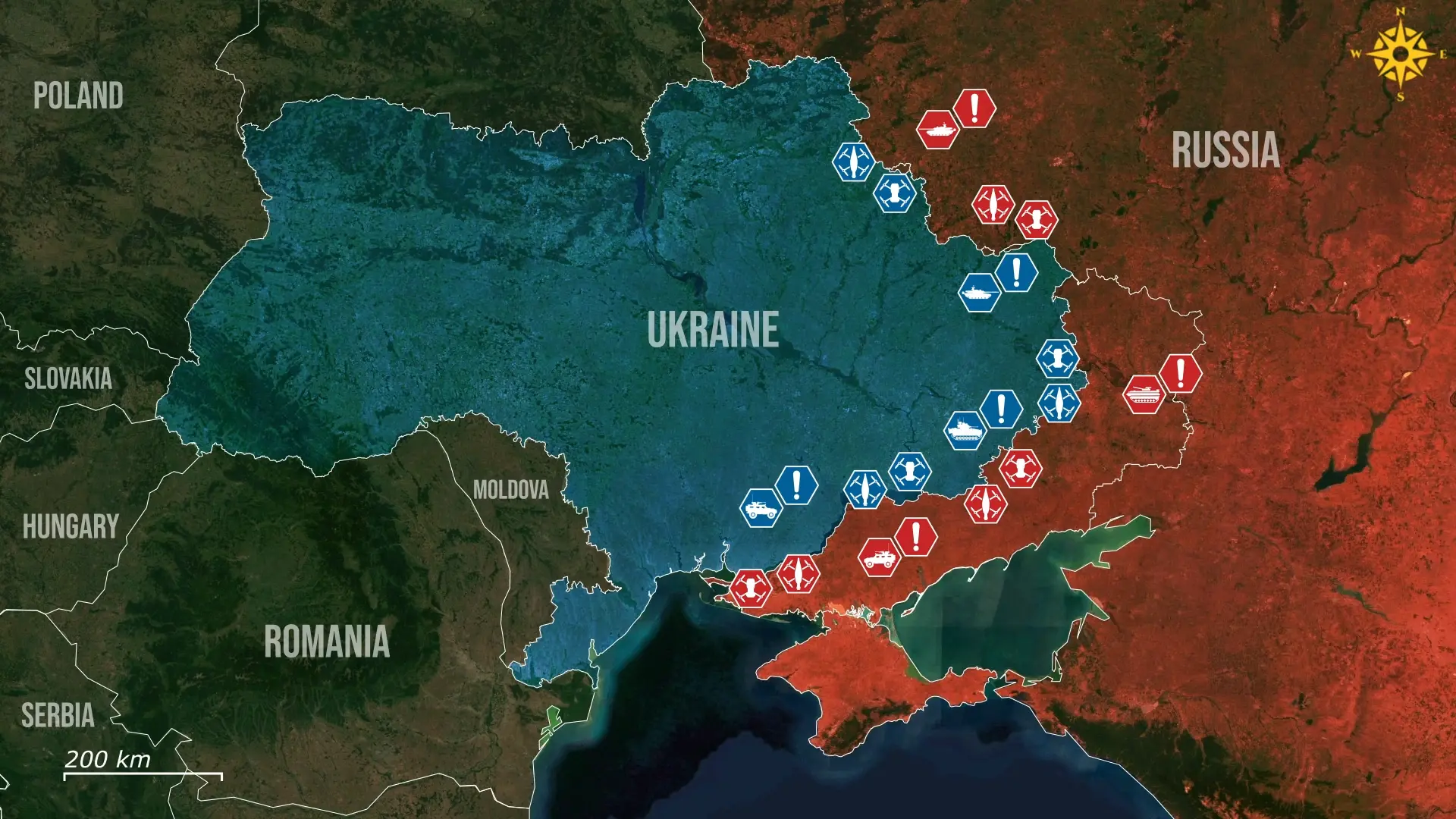

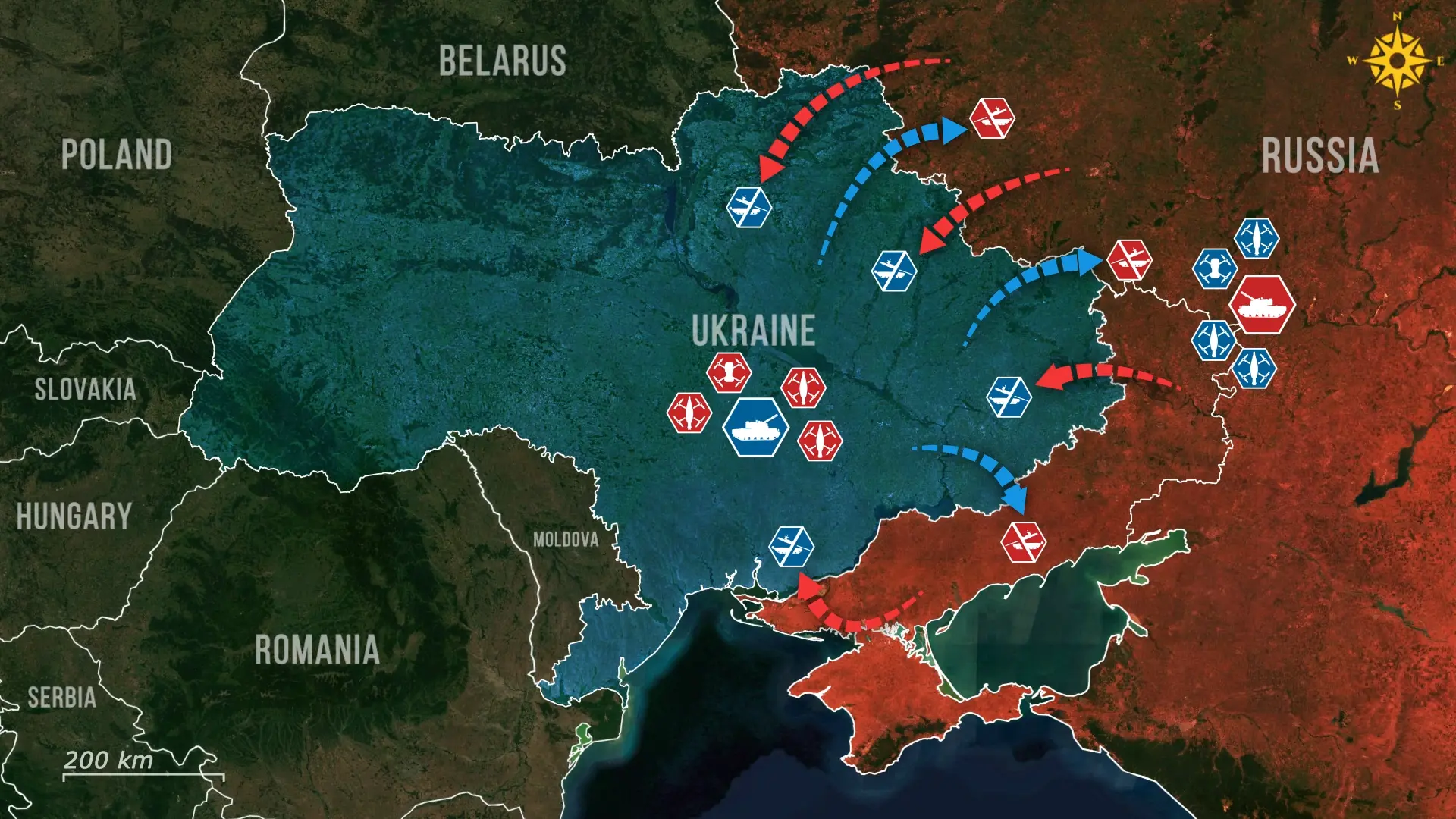
Comments